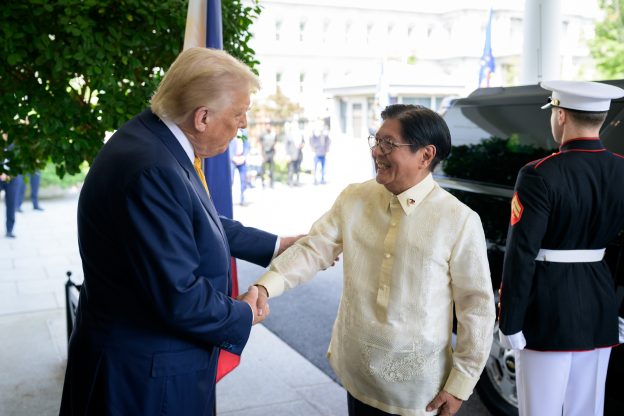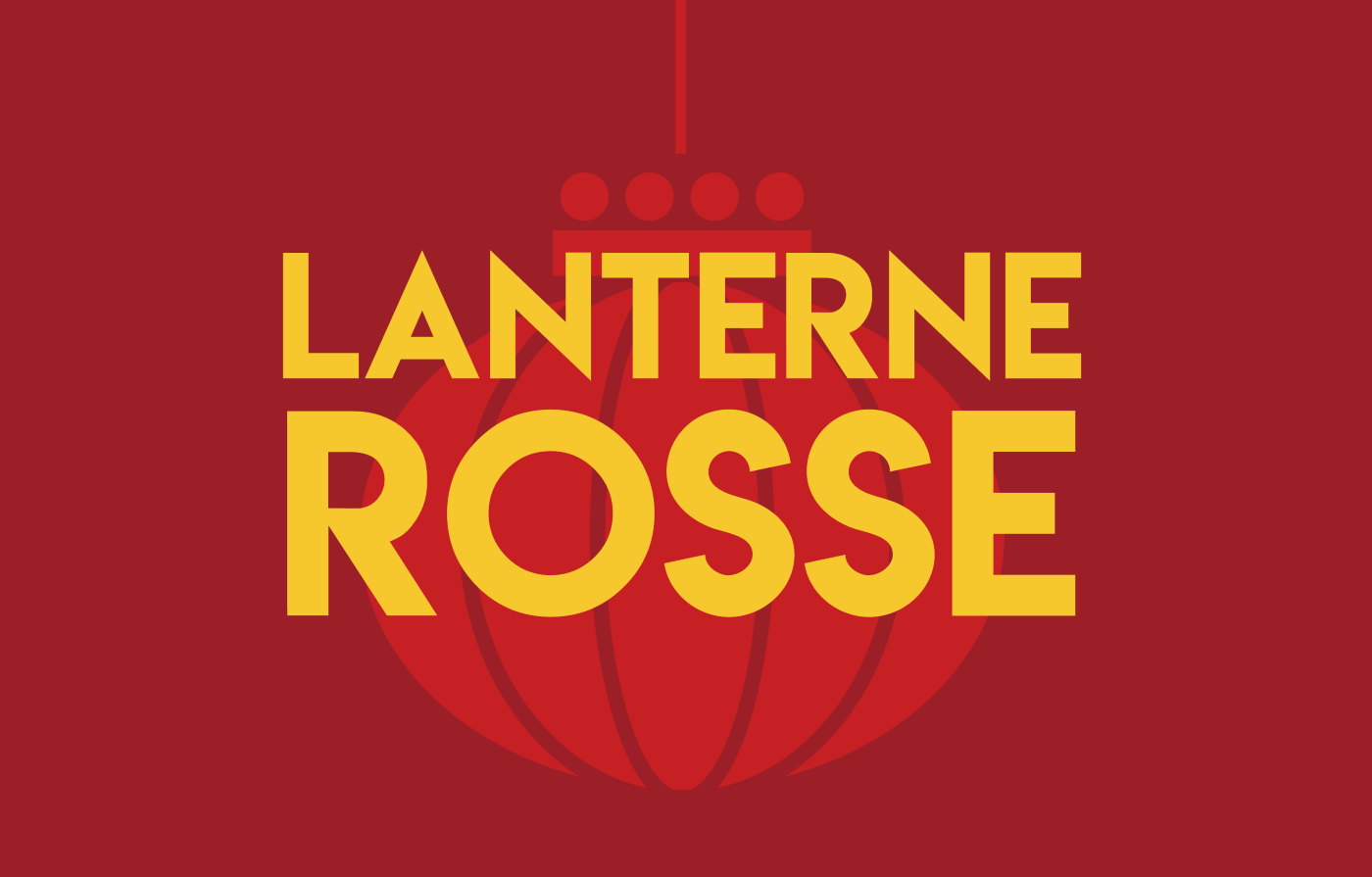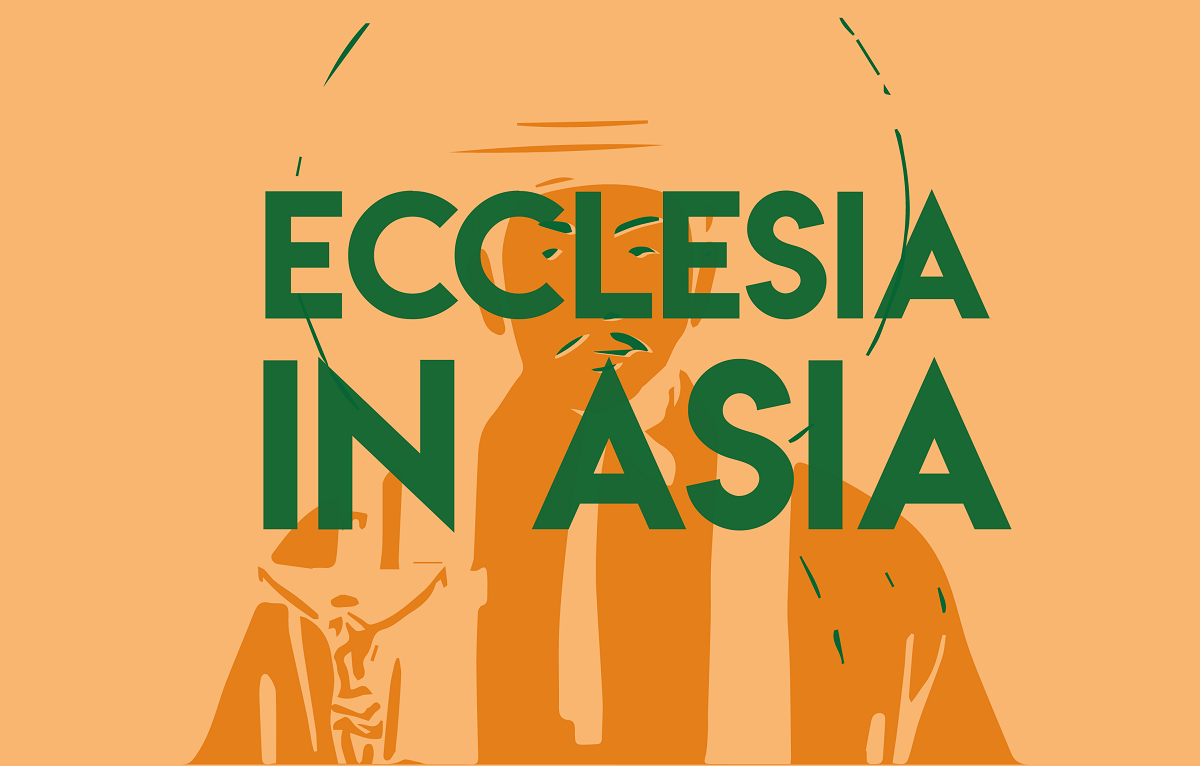After Trump meeting, Philippines still with 19 per cent tariffs but boosting alliance against China
During Marcos’s visit to the White House, the US president confirmed only slightly lower than expected tariffs on Philippine exports. Manila hopes to lower them to 15 per cent, while security in the South China Sea and containing China’s claims remain in the background.
Manila (AsiaNews) – Trade, tariffs and security in the South China Sea were the central themes of last Tuesday's White House meeting between President Donald Trump and Philippine President Ferdinant Marcos Jr, the second Southeast Asian leader the US leader has met.
The outcome of the summit left a bitter aftertaste in Manila since Washington confirmed the imposition of 19 per cent tariffs on Philippine exports to the United States, just one percentage point less than initially expected.
The disappointment was palpable, albeit diplomatically expressed by of Philippine Ambassador to the US, Jose Manuel Romualdez.
“It is clear that we can still renegotiate … The head of our trade team will probably be coming back to Washington, DC to see how we can still manage to lower that,” he told Channel News Asia. “President Trump announced that the lowest he will go is 15 per cent to any country, so we're still hoping that we will be able to break down our level of tariff to around the same figure.”
In the ASEAN region, the highest tariffs were imposed on Cambodia (36 per cent), Laos (40 per cent), and Myanmar (36 per cent), while those on the Philippines are close to those imposed on Indonesia (19 per cent) and Vietnam (20 per cent), well above the 10 per cent levied on Singapore.
The 1-August deadline for the implementation of the new tariff system could, however, bring new developments. Manila has raised the possibility of eliminating some tariffs on goods imported from the US, such as automobiles.
Unlike other countries in the region, which are also competitors, the United States represents only 16 per cent of Philippine exports.
However, the US trade deficit vis-à-vis the Philippines, around US$ 5 billion out of total trade of US$ 23.5 billion, is considered a problem in Washington, especially given the historic alliance between the two countries.
The negotiations in fact also cover strategic and military issues, which are heavily geared towards containing Chinese territorial claims, particularly in Philippine home waters in the South China Sea.
Next year, 2026, will mark 80 years of diplomatic relations between the United States and the Philippines, established after the country was liberated from Japanese occupation and half a century of American colonial rule.
Today, a mutual defence treaty, joint bases, military exercises, and the protection guaranteed by the US to trade routes in the area strengthen an alliance made even stronger by the return to close cooperation under President Ferdinand Marcos Jr., after the ambiguities of the Duterte era.
The message sent by Washington and Manila is clear: strengthen economic and military ties and, at the same time, send Beijing a signal of unity in the face of its territorial pressure in the region.







.png)










